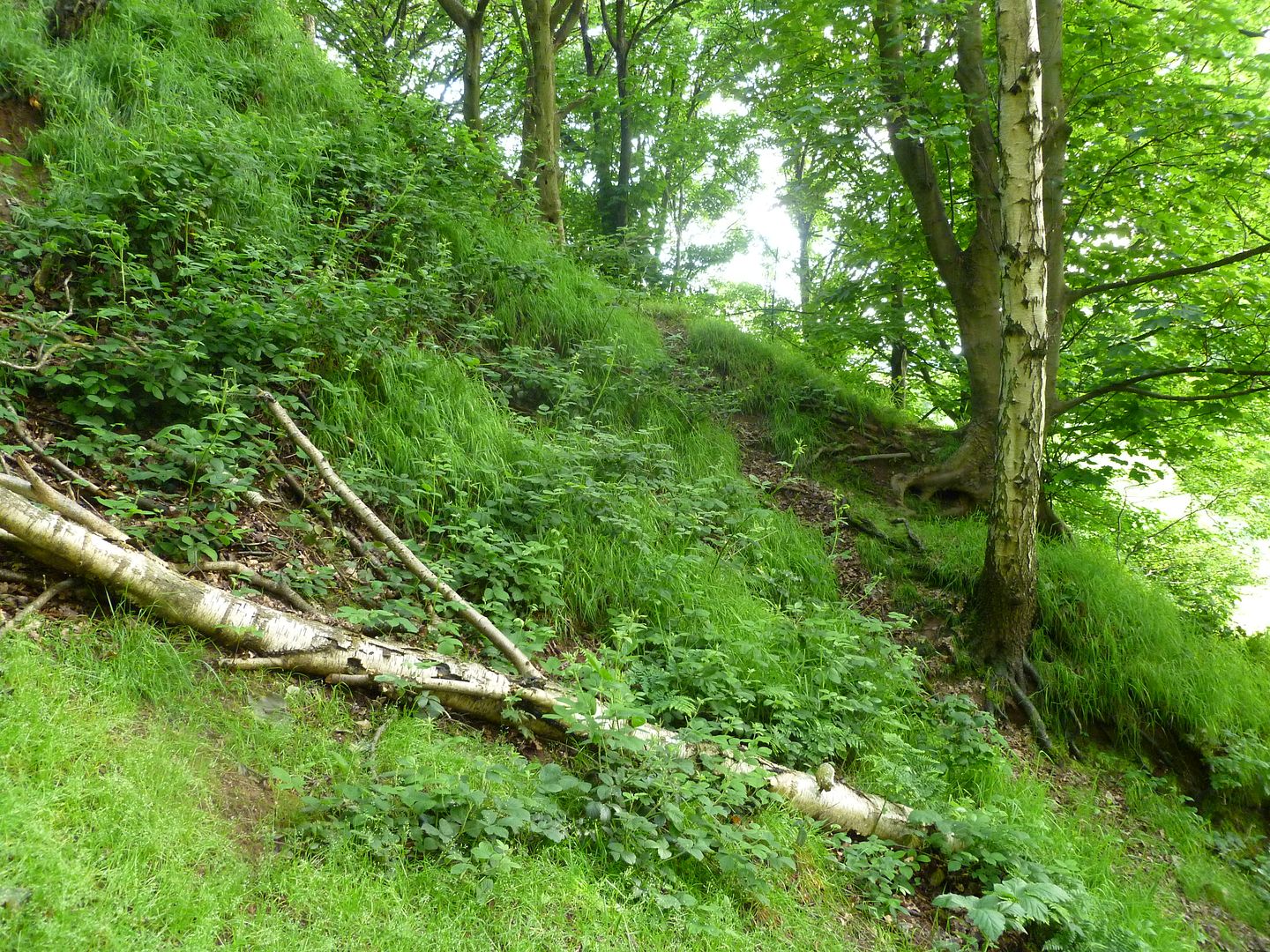I've been tapping birch for 20 years plus now, but since 2004 when Ray Mears Bushcraft series was aired, I started to use an auger.
[video=youtube;pjlfu608L70]http://www.youtube.com/watch?v=pjlfu608L70&feature=kp[/video]
Now I trusted Uncle Ray when he said it wouldn't harm the tree. But a forester and tree expert I know told me it would kill the tree as no amount of careful sealing of the wound could prevent bacteria attack.
Since 2008 I have logged the trees I tapped, and kept a careful watch over them until 2012 when my work in Tanzania took over. This year I revisited the trees of 2008 and found a 100% fatality...



The thing is, you can't stop the tree from leaking, not the first year, nor the second and it continues till it's dead. The plug leaks as the sap is forced through the actual fibre of the wood, not the edge seal, but through the plug material itself. This in turn attracts insects and bacteria in their droves. I've used many plug materials to stop this from natural to man made. Nothing works. You get this...

Rotten wood penetrating to the heart of the trunk, being fed upon by insects that are attracted to sap that still leaks from the wound years later.
Here's another...

The plug in this one was gone. Replaced by the fattest slug known to man.

In one of the trees, the plug had been forced out by the sap build up over the years.

It was easy to pull out now, and the hole and plug were covered by the slime of sap remains that had attracted bacteria and all kinds of primeval badness.


So be aware. The auger method kills trees. However much you try to plug the hole and even using sterilised watertight corking and birch wood cut from the same tree. Six years later it all has the same effect. Dead trees.
[video=youtube;pjlfu608L70]http://www.youtube.com/watch?v=pjlfu608L70&feature=kp[/video]
Now I trusted Uncle Ray when he said it wouldn't harm the tree. But a forester and tree expert I know told me it would kill the tree as no amount of careful sealing of the wound could prevent bacteria attack.
Since 2008 I have logged the trees I tapped, and kept a careful watch over them until 2012 when my work in Tanzania took over. This year I revisited the trees of 2008 and found a 100% fatality...



The thing is, you can't stop the tree from leaking, not the first year, nor the second and it continues till it's dead. The plug leaks as the sap is forced through the actual fibre of the wood, not the edge seal, but through the plug material itself. This in turn attracts insects and bacteria in their droves. I've used many plug materials to stop this from natural to man made. Nothing works. You get this...

Rotten wood penetrating to the heart of the trunk, being fed upon by insects that are attracted to sap that still leaks from the wound years later.
Here's another...
The plug in this one was gone. Replaced by the fattest slug known to man.
In one of the trees, the plug had been forced out by the sap build up over the years.
It was easy to pull out now, and the hole and plug were covered by the slime of sap remains that had attracted bacteria and all kinds of primeval badness.
So be aware. The auger method kills trees. However much you try to plug the hole and even using sterilised watertight corking and birch wood cut from the same tree. Six years later it all has the same effect. Dead trees.


 I haven't checked the birch trees outside yet, but I do know that there's no shortage of both fomes fomentaria or piptoporus betulina on birch trees around here; and that's on untapped trees, and there are thousands of those around here.
I haven't checked the birch trees outside yet, but I do know that there's no shortage of both fomes fomentaria or piptoporus betulina on birch trees around here; and that's on untapped trees, and there are thousands of those around here.